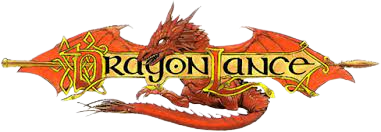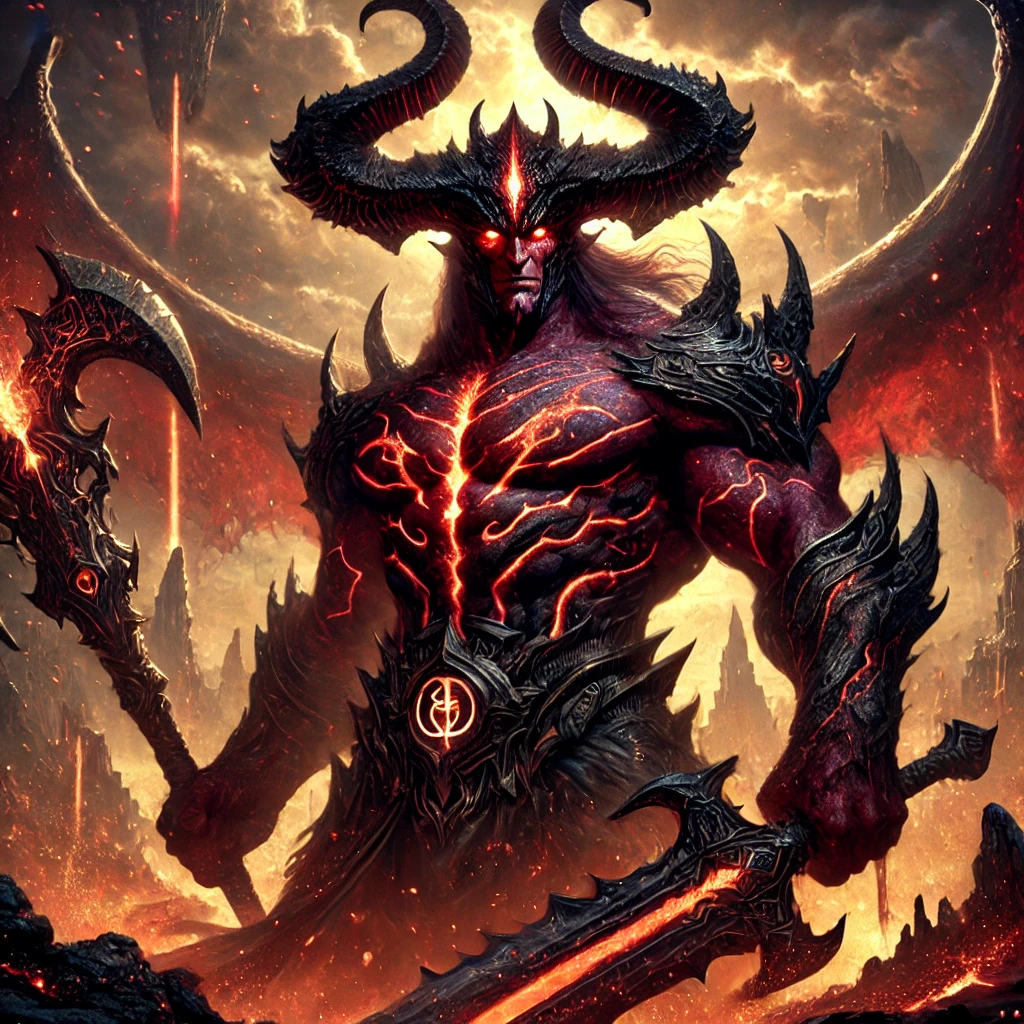Sargonnas, the Vengeful Flame
Table of Contents
ToggleIntroduction
In the world of Dragonlance, where gods battle for the souls of mortals, Sargonnas stands as the divine embodiment of vengeance, conquest, and unbreakable will. Known as the Vengeful Flame, the Red Condor, and the God of Wrath, he is the brutal hand of retribution, worshiped by those who seek power, revenge, and unshakable dominance over their enemies.
As one of the Gods of Evil, Sargonnas does not engage in deception like Hiddukel or spread corruption like Morgion. Instead, he thrives in conflict, discipline, and strength, believing that true power belongs to those who seize it and crush their foes beneath them. To his followers, mercy is weakness, and vengeance is justice.
Origins and Role Among the Gods
Sargonnas was created by the High God and joined the pantheon of darkness as the enforcer of divine law through strength. Unlike Takhisis, who manipulates, or Chemosh, who tempts with false eternity, Sargonnas demands action, inspiring his followers to shape the world through power, retribution, and discipline.
He is a god of warriors, warlords, and conquerors, rewarding those who take control of their fate rather than waiting for it to be handed to them. He values unyielding loyalty from his followers, but his loyalty must also be earned—those who fail him are abandoned, left to be devoured by their own weakness.
Domains and Influence
Sargonnas is the god of:
- Vengeance and Retribution – Enforcing justice through strength and revenge.
- Conquest and War – Patron of disciplined warriors, warlords, and those who rule through might.
- Strength and Discipline – Teaching that power belongs to the strong, and weakness is unforgivable.
- Honor and Loyalty (Twisted) – Demanding absolute obedience from followers, rewarding only the worthy.
His influence is strongest among minotaurs, warlords, gladiators, and those who seek revenge against their enemies.
Sargonnas’ Followers and Their Ways
Sargonnas’ faithful do not beg for blessings—they earn power through their actions. To follow Sargonnas is to stand strong, never falter, and always claim what is rightfully yours.
His followers include:
- Minotaurs – The most devoted of his worshippers, viewing him as the god of strength and destiny.
- Warlords and Generals – Those who forge empires through conquest.
- Gladiators and Mercenaries – Warriors who prove their worth through battle.
- The Vengeful and Wronged – Those who seek to punish betrayal and weakness with fire and steel.
To serve Sargonnas is to embrace a code of strength and domination—those who are weak deserve only to be ruled or destroyed.
Symbols and Worship
Sargonnas is often depicted as a towering, muscular warrior with burning red eyes, clad in black and crimson armor, wielding a massive battleaxe. Among the minotaurs, he is depicted as a colossal, horned beast, leading his followers to glory through conquest.
His sacred symbols include:
- A red condor in flight – Representing vengeance that descends upon enemies.
- A flaming axe – Symbolizing destruction and divine retribution.
- A broken chain – A sign of defiance and unyielding will.
Temples to Sargonnas are built like fortresses, adorned with red banners, weapons, and trophies from conquered foes. His followers believe that to honor Sargonnas is to prove oneself in battle and enforce their will upon the weak.
Worship and Rituals
Unlike gods who demand prayer and offerings, Sargonnas requires action. His followers do not kneel in supplication—they sharpen their blades, train their bodies, and seek vengeance upon those who have wronged them.
Key rituals include:
- The Trial of Strength – A brutal test where followers must prove their might, either in combat or by performing feats of endurance.
- The Blood Oath – A solemn vow of vengeance, where a follower swears to destroy their enemies in Sargonnas’ name.
- The Forge of Wrath – A sacred ceremony where weapons are blessed with fire, symbolizing their wielder’s burning fury.
His ultimate commandment is to never forgive weakness—whether in others or in oneself.
Allies and Rivals Among the Gods
As a God of Evil, Sargonnas is often aligned with:
- Takhisis, the Queen of Darkness, though he resents her constant scheming.
- Hiddukel, whose manipulation creates wars for him to revel in.
- Morgion, who weakens the strong so that only the fittest remain.
However, he despises:
- Kiri-Jolith, the god of honorable combat, whom he sees as a foolish idealist.
- Paladine, whose mercy and peacekeeping offend his beliefs.
- Reorx, whose patience and craftsmanship conflict with Sargonnas’ belief in action and conquest.
Though aligned with darkness, Sargonnas holds a complex sense of honor, sometimes placing him at odds with his fellow dark gods. He believes that weakness must be eradicated, but strength must be respected—even in one’s enemies.
Sargonnas in Legends and Stories
The Fall of the Betrayer
One of the most famous legends of Sargonnas tells of a mortal warlord who claimed to follow him but betrayed his allies to seize power. The warlord conquered many lands, believing himself to be Sargonnas’ chosen.
Yet, on the night of his greatest victory, a red-winged condor appeared, and soon after, his own men turned against him, tearing his empire apart. His fate serves as a warning: Sargonnas rewards loyalty, but he punishes betrayal with absolute destruction.
The Minotaur’s Destiny
A revered myth among minotaurs tells of how Sargonnas guided their people to the seas, forging them into a race of conquerors and warriors. It is said that he whispered to the first Minotaur king, “Take what is yours, and let none stand in your way.” From that day forward, minotaurs have carved their fate with their own strength, never bending to another’s rule.

